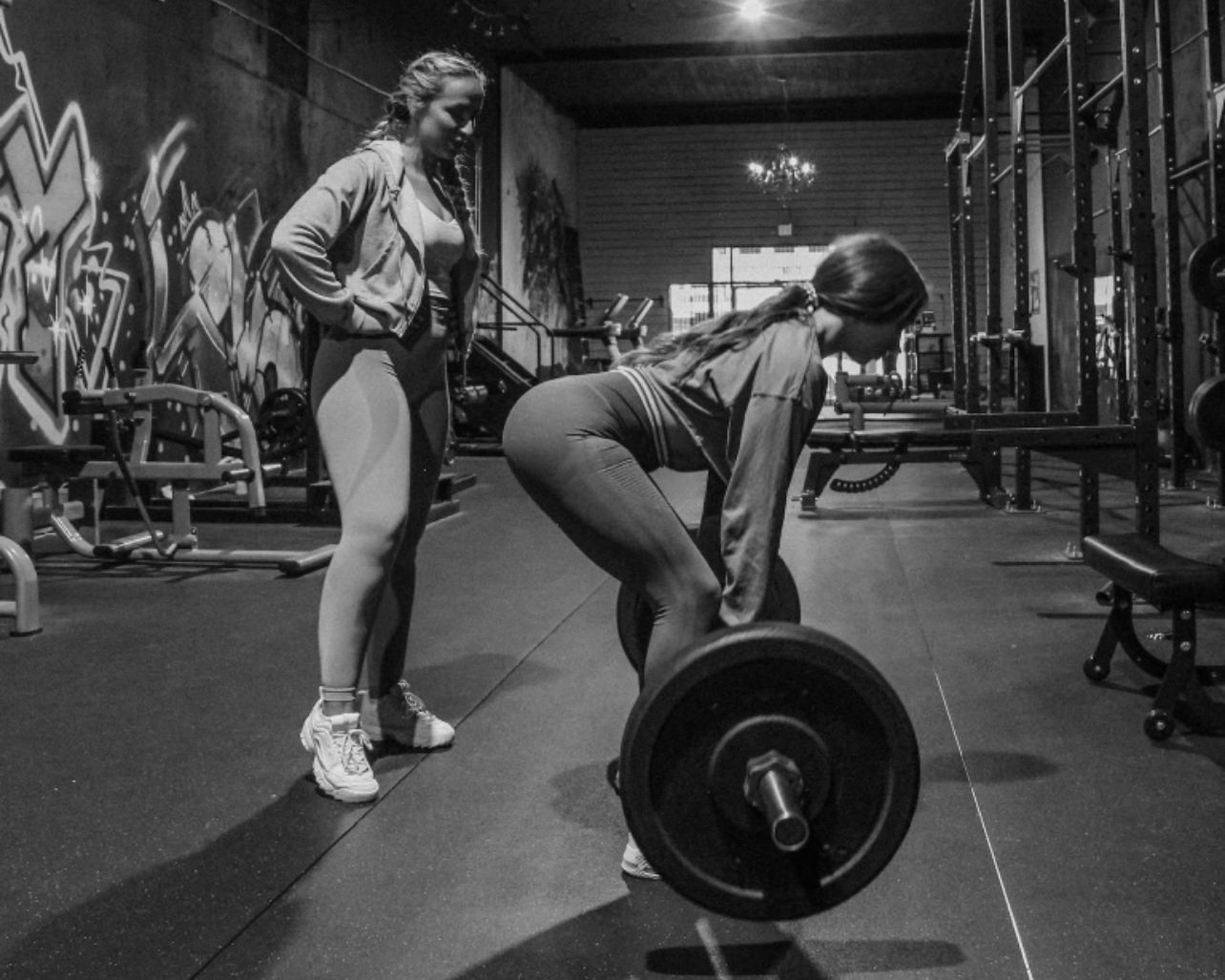Progressive overload and why it matters to you (and your goals)
In the fitness world, the term "progressive overload" gets thrown around a lot. But what exactly is it? And why is it so important? Let's break it down.
In its simplest form, progressive overload is the gradual increase of stress placed on the body during physical activity. This could mean adding more weight to your squats or hip thrusts, running for a longer period of time, or increasing your rep range in your workouts. Essentially, you are gradually challenging your body more and more over a period of time, with the exact same movements.
And why is this important? Because if you're not constantly challenging your body, you're not going to see as big of a result. Your body is an incredibly adaptive machine, and it will quickly adapt to any situation you put it in. If you're doing the same weights within your workout day in and day out, your body will quickly become efficient at that amount of resistance and your results will stall out. In order to continue seeing results (i.e., getting stronger, faster, leaner), you must keep pushing your body outside of its comfort zone. That's where progressive overload comes in. By gradually increasing the demands placed on your body, you force it to adapt to something new—and that adaptation manifests itself in the form of results.
Now, this doesn’t mean that you do a different workout every week to “confuse your muscles” or do 3 movements turned into one because you saw it on your favorite Instagram influencers page. The most beneficial way to see results is to have a few main movements per workout that you repeat over a long period of time. All you need is 3-5 workouts that you repeat every week, while pushing yourself on the weights and rep ranges, challenging yourself to do a little more each time. After you feel you have progressed well with the movements you chose, you can change up the workouts to allow for more variety, just be sure to keep your main lifts similar. So, if you do back squats for 6-8 weeks and you’ve progressed consistently but want a change, replace them with a hack squat or front squat.
So next time you're feeling stuck in a rut with your workouts, or you feel like you aren’t seeing the results you want, ask yourself this: Do I still have a few more reps in the tank? Could I push myself harder in a few of the movements I have been doing? If the answer is yes to either one or both of those questions, repeat the same workout next week, but add a few pounds to the bar and see if you can do the same number of reps as last week. Do this for a few weeks and see just how much stronger you get.
Here at HOMEFIT we strive to help you achieve all of your health and fitness goals. Contact us today to schedule your free evaluation.

